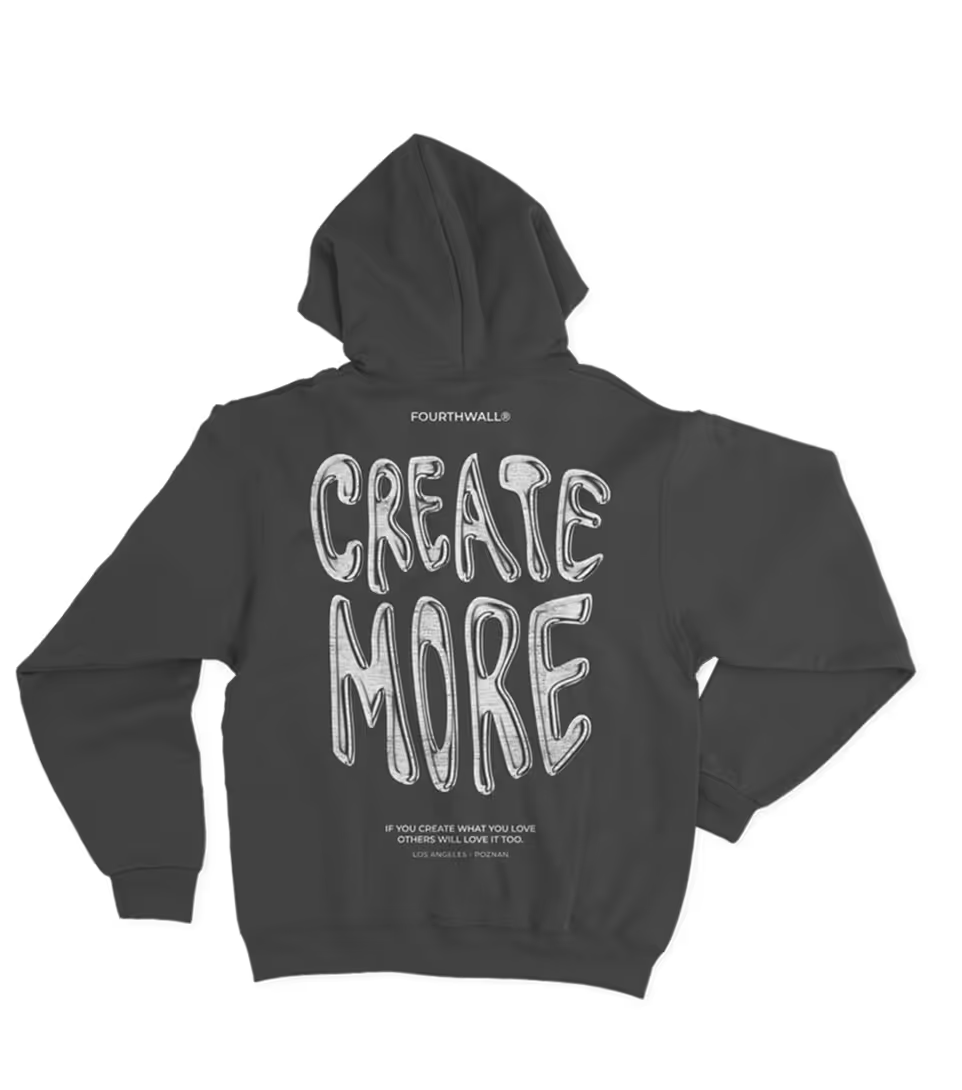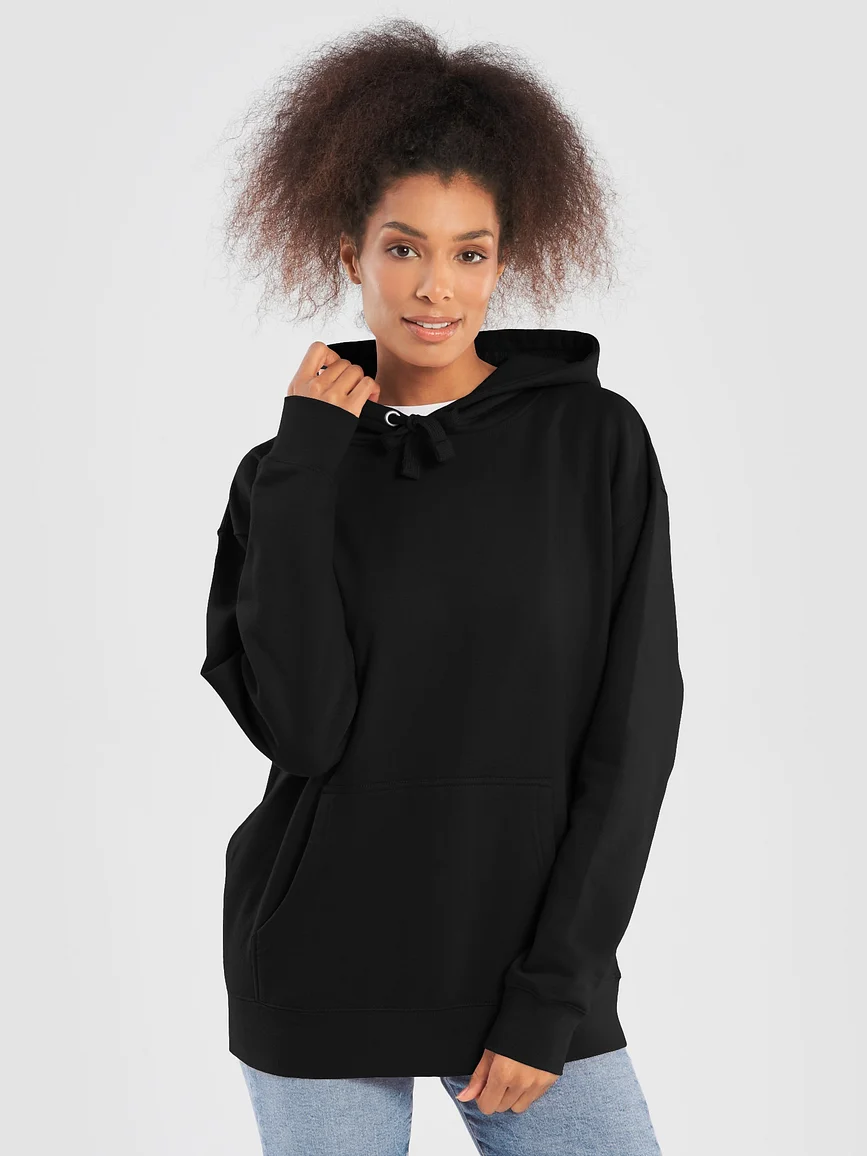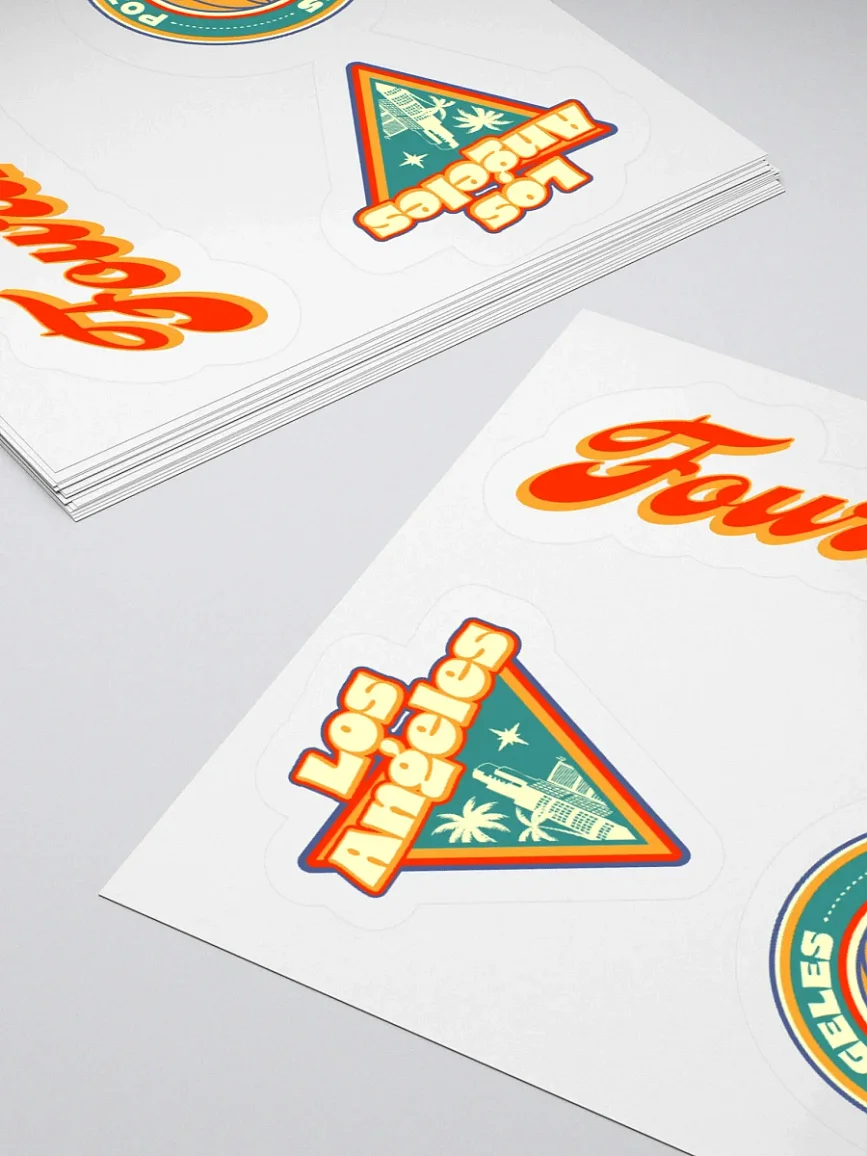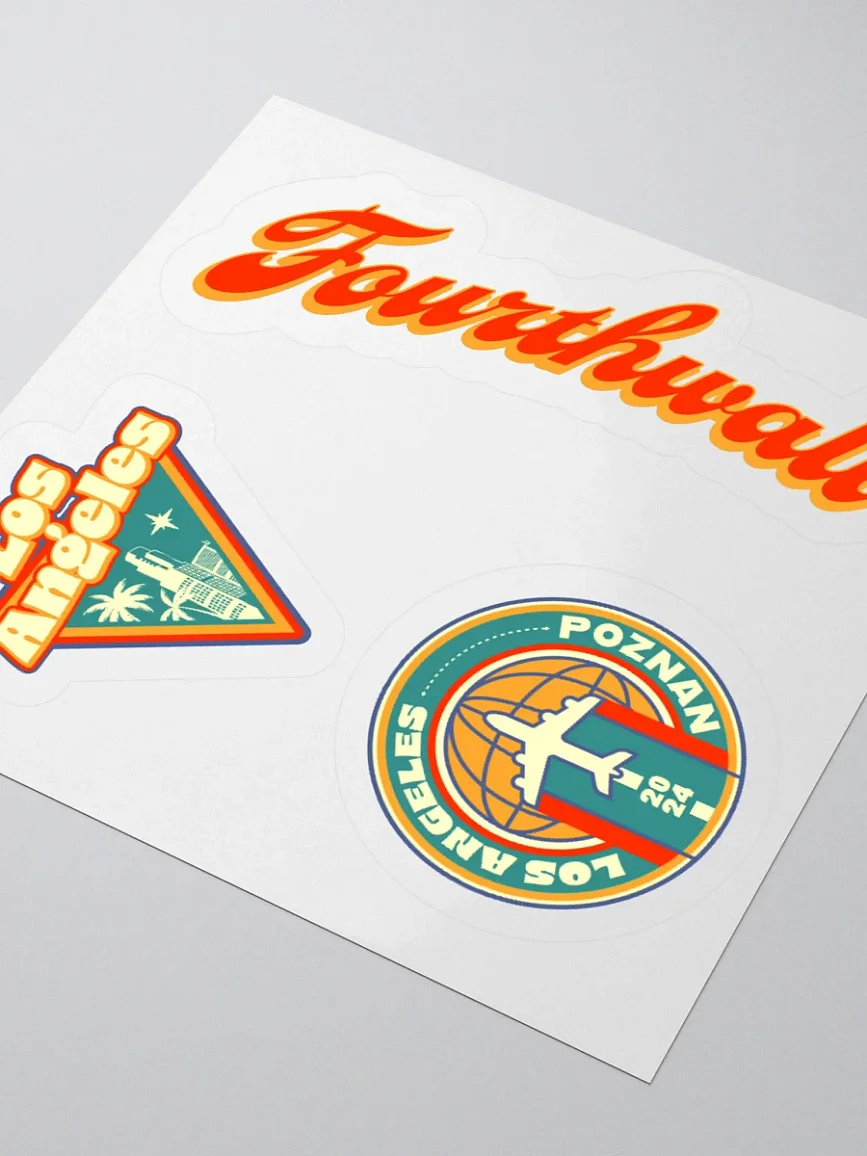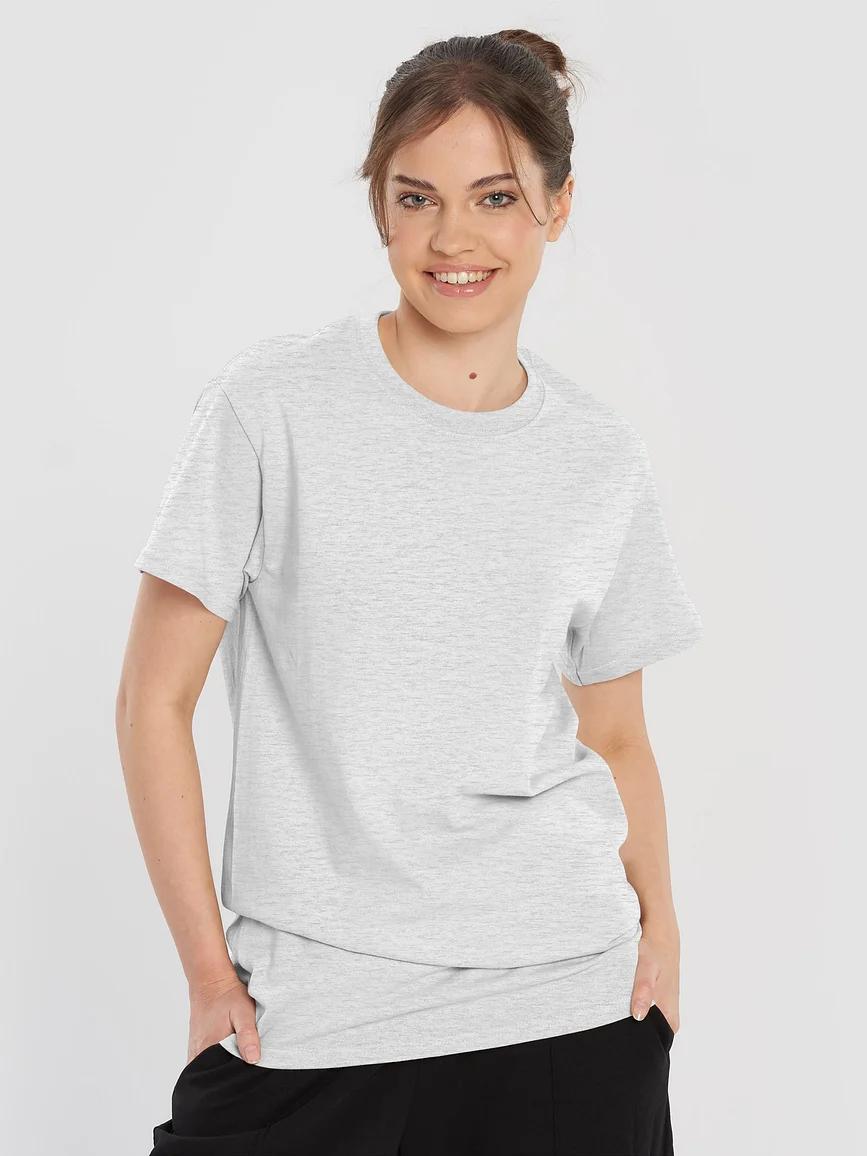How To Design a Good Logo: 6 Easy Steps For Content Creators

Looking to create your own brand but having trouble coming up with a signature logo to make you stand out? Creating a good logo is crucial for content creators as it helps increase brand awareness and recognition. A visually appealing logo encourages the audience to connect with the brand and even share it on their networks.
However, designing a good logo is not an easy task, and many content creators face challenges when it comes to creating a logo that depicts their brand identity. In this article, we provide a step-by-step guide that includes tips to help content creators make the best logo for their brand.
What Makes A Good Logo?
A logo is a critical part of any brand identity. It's the symbol that represents your company and can leave a lasting impression on potential customers. A well-designed logo can help people remember your business and differentiate it from competitors. But what makes a good logo? Here are some key elements to consider when creating a logo.
Make It Simple
Simplicity is key when it comes to logos. The original Apple logo was an illustration of Sir Isaac Newton sitting under an apple tree. However, Steve Jobs desired something simpler, so he hired Rob Janoff to redesign the logo so it would be more approachable to audiences. The end result is the iconic image we see today of an apple with a bite taken out of it. Not only is the logo clean and simple, but it signifies the brand’s unique approach to design and technology.
By avoiding unnecessary complexities, a simple design can stand out, make a lasting impression on viewers, and acquire instant brand recognition.
Design For An Audience
When creating a logo, it's important to consider your target audience. Think about what will appeal to them and what will resonate with them. Understanding the preferences, interests, and demographics of the audience allows designers to tailor the logo to resonate with them emotionally.
For example, a children's clothing brand might want to use bright colors and playful shapes in its logo to appeal to young children and their parents. In contrast, a luxury brand might want to use a more elegant font and sophisticated color palette. Designing a logo for a specific audience ensures that it communicates the brand’s message effectively and generates a positive response from its intended consumers.
Make It Memorable
A memorable logo is one that leaves a lasting imprint on the audience's memory. That means it should be unique and stand out from the competition. Think of logos like the McDonald's arches or the Twitter bird - they are instantly recognizable and stick in your mind.
Achieving memorability involves crafting a unique and distinctive design that distinguishes the brand from others. By incorporating elements that capture attention and are easily recallable, a memorable logo contributes to brand retention and recognition.
Make It Timeless
A good logo should stand the test of time. That means avoiding design trends that may quickly become outdated. A classic example of a timeless logo is Coca-Cola, which uses the Spencerian script. Not only does the design bring a fluid and graceful aesthetic to the wordmark, but it has remained virtually unchanged since it was first introduced over 100 years ago.
A timeless logo avoids being overly influenced by fleeting design fads, ensuring that it doesn't become outdated quickly. This type of longevity is crucial for maintaining a consistent brand image and avoiding the need for frequent redesigns.
Make It Versatile
A good logo should be versatile, meaning it should be able to be used in a variety of formats and sizes without losing its impact. For example, a logo that looks great on a billboard should also look great when resized for a business card. It should adapt to various media channels, including print, digital, and social media.
For brands with a global presence, a versatile logo should transcend language and cultural barriers, ensuring its visual elements resonate with a worldwide audience.
Be Strategic With Color
Color is an important element of logo design. Different colors can convey different emotions and messages and play a significant role in decision-making. In fact, a study at the University of Winnipeg showed that 62-90% of purchasing decisions are based on color alone.
For example, blue is often associated with trust and reliability, while red is associated with passion and excitement. By carefully choosing a color palette that resonates with the brand’s message, designers can enhance the logo’s visual appeal, which can create a meaningful connection with your audience.
Designing The Perfect Logo: 6 Steps to Get You Started!
A logo is an essential part of any business. It's a representation of your brand and helps to identify your company's services or products. Creating a good logo takes careful consideration, and a step-by-step guide can help you through the process. Here are six steps to follow to create a good logo.
1. Define Your Brand And Target Audience
Before you start designing your logo, you need to have a clear understanding of your brand identity and target audience. While considering your customers' preferences is vital, it's equally crucial to stay true to your brand personality. Engaging in brainstorming exercises can help solidify your brand's description.
Reflect on the emotions and feelings you wish your brand to evoke, considering aspects such as whether you want your brand to be associated with joy, serenity, delight, or excitement. Assess the impact of your products on customers, aiming for feelings of confidence, success, intelligence, or giftedness. Explore whether your business should appeal to whimsical or serious aspects, and decide if appearing reserved or excited aligns with your brand image.
Create a list of attributes and characteristics, circling the words that resonate most with you and your target audience. Visualize your logo based on the emotions, feelings, and attributes you've identified.For instance, if you're launching a downtown restaurant with the latest fusion cuisine, and your brainstorming identifies descriptors like "fun," "trendy," "upscale," and "modern," envision typefaces and colors that match these characteristics.
Consider opting for clean lines and bold colors, steering away from anything that may convey an old-fashioned or overly casual vibe. By aligning your logo design with the emotions and attributes associated with your brand, you ensure a visual representation that resonates authentically with both your business identity and your audience's preferences.
2. Sketch And Brainstorm Ideas
Once you’ve defined your brand and target audience, take the time to sketch out some ideas on paper or iPad. This allows you to explore different shapes, layouts, and symbols before moving on to digital design. Sketching out the logo is where genuine creativity takes center stage. The primary objective during this phase is to establish a meaningful connection between conceptual ideas and the visual representation of those ideas. Determining whether a logo requires a symbol or a memorable typographic treatment (wordmark) is crucial for any logo design.
Brainstorming with colleagues can also help generate new ideas and perspectives. Or, if you’re a visual learner, a mood board can serve as an effective tool for inspiration and creativity. Whether it's a physical or digital board, drawing from diverse sources such as other logos, color combinations, illustrations or graphics can help influence a desired style and design features.
3. Choose the suitable color scheme and typography
Choosing the right typeface and color scheme is crucial to creating a good logo. Colors have a psychological influence on the viewer, and typography can convey different emotions. When choosing your logo’s color, consider your brand's personality and what will appeal to your audience. Remember, colors have different meanings in different cultures, so be sure to choose a color that best conveys your message universally.
When selecting the appropriate typography, it's essential to distinguish between the terms "typeface" and "font" – a typeface is the distinct set of typographical symbols and characters, while a font refers to a specific style within that set, like italic or bold. The most common system categorizes fonts into four types: Serif, Sans Serif, Script, and Decorative.
4. Use Professional Design Software Or Tools
Once you've amassed a collection of sketches, it's time to transition to the digital design phase. Utilizing professional design software like Adobe Illustrator or opting for free online tools such as Canva, LogoMakr, or Figma can facilitate the precise execution of your logo design with attention to detail.
However, before diving into digital execution, it's crucial to assess your sketches against the strategic goals and select the most promising concepts for further development. The design phase involves translating your sketches into digital form and rigorously testing the viability of each concept. Rather than hastily executing every idea, focus on refining concepts that align effectively with your client's objectives, considering the criteria you've established throughout the process.
If you find that your sketches lack strength, a back-and-forth between sketching and designing is encouraged until you generate compelling logo concepts. When you have identified a few concrete ideas, Adobe Illustrator becomes the tool of choice for designing vector graphics. This stage involves recreating your sketches digitally and crafting multiple variations for each concept, allowing for a careful exploration of colors, fonts, spacing, and alignment.
The design process, which may span from a few days to weeks, entails continuous tweaking and testing of different elements, always preserving previous versions for reference. By methodically and patiently navigating this step, your logo concepts will evolve and strengthen rapidly.
5. Refining Your Logo And Receiving Feedback
The refinement stage marks the point where you enhance your design, making adjustments and exploring various iterations. This creative process varies for each individual, with some starting from sketches while others dive directly into Adobe Illustrator. The drafting phase involves a significant amount of trial and error, so don't be disheartened if things don't immediately click. At a certain juncture, you might find it challenging to discern letters from shapes or distinguish good logos from bad. This is a signal to seek feedback, a crucial aspect of the creative process, acting as a method to "test" ideas.
When seeking feedback, it's vital to ask specific questions about how individuals perceive your brand based on the company logo. General statements like "good" or "bad" lack helpful insights, but understanding how your brand is perceived is invaluable.
Some questions to consider include: What's the first thing that catches your eye? How would you characterize my brand? What stands out the most about the logo? Is there any aspect that confuses you? If you could remove one element from the design, what would it be? Avoiding broad queries like "Would you buy this?" or "Is this interesting?" ensures more precise answers and constructive feedback, ultimately aiding in the improvement of your logo design.
6. Create A Presentation and Brand Guidelines
Creating a presentation that showcases your logo and communicates its underlying message is a vital step. Crafting a presentation that not only showcases your logo but also effectively communicates its underlying message is a crucial and meticulous step in the branding process. This presentation serves as a visual narrative, encapsulating the essence and significance of your logo design. Beyond a mere display, it becomes an integral tool for stakeholders, clients, and internal teams to understand the thought process and intention behind the logo.
Alongside the presentation, a comprehensive brand guideline becomes indispensable. This detailed document encompasses a wealth of information concerning your logo, including its style, color choices, typography, and recommended usage scenarios. Brand guidelines function as a navigational tool, providing clear directives on how to represent and employ the logo consistently across different mediums.
By standardizing usage, these guidelines play a pivotal role in maintaining the visual integrity of your brand, ensuring a cohesive and recognizable presence that resonates with your audience across various channels and platforms.
Remember, choosing the right logo design is not a rushed process. Don't settle for a less-than-great design. Ensure that you take the time to research and review different options and work with skilled graphic designers.
Enhance Your Brand With Fourthwall
Creating an effective logo is crucial when establishing your brand presence as a content creator. Following the tips and steps mentioned here can help you create a logo that accurately represents your values and is timeless. Fourthwall is a platform that provides tools that can help take your personal brand to new heights. You can customize merchandise, create a unique website, and more, all in one spot. Ready to elevate your brand identity? Join Fourthwall today and see all the amazing benefits for yourself!

